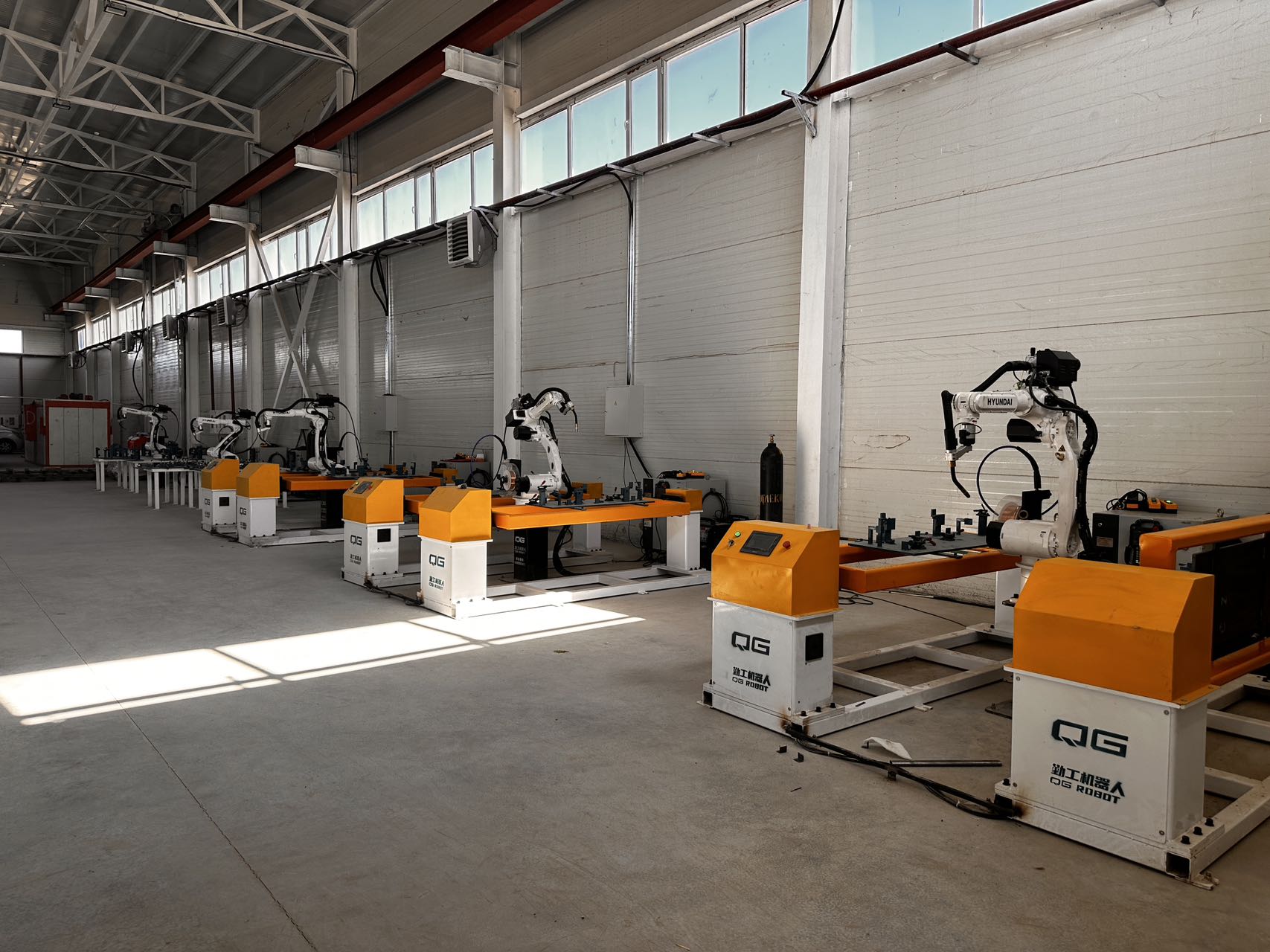Against the backdrop of the rapid development of the global manufacturing industry, automated welding technology is becoming the focus of the industry, marking the arrival of a new era of unmanned operation. With the rapid advancement of artificial intelligence and robotics, the traditional industry of welding is undergoing an unprecedented transformation, bringing unprecedented efficiency, safety and precision to global manufacturing companies.
The rapid rise of automated welding technology is due to a series of breakthroughs in key technologies. From advanced sensor technology to self-learning robotic systems, automated welding has moved from the laboratory to the production line, providing reliable solutions for multiple industries such as automotive, aerospace, shipbuilding and construction. These technologies are not only able to work in extreme environments, but also operate around the clock, reducing human errors and improving production efficiency. The laser welding robot is a processing method that uses a laser as a heat source to irradiate a high-energy-density laser beam onto the surface of a workpiece to melt or vaporize it, forming a weld or cut.
Compared with the past: the overwhelming advantage of automated welding
1. High efficiency: The laser welding robot adopts non-contact welding, which can achieve high-speed and high-quality welding, improve production efficiency and product qualification rate. The laser welding robot can cooperate with the computer numerical control system or manipulator and robot to realize automated and intelligent welding production.
2. High precision: Thelaser welding robot uses laser as the welding heat source, the laser energy is highly concentrated, the heat affected zone is small, the thermal deformation is small, and precision processing can be achieved. The laser welding robot can automatically identify and track according to the shape and position of the weld to ensure the alignment accuracy and repeat positioning accuracy of the weld.
3. High quality: The laser welding robot can weld metals with high melting points, refractory and difficult to weld, such as titanium alloys and aluminum alloys, and can achieve welding between certain dissimilar materials. The laser welding robot has small welding points, narrow welds, neat and beautiful appearance, and no or only simple post-processing is required. The weld structure of the laser welding robot is uniform, with few pores and defects, which can reduce and optimize the impurities of the parent material and improve the mechanical strength, corrosion resistance and electromagnetic properties of the weld.
4. High flexibility: The laser welding robot is suitable for large-scale space welding. The robot is intelligently operated, flexible and reliable, can be six-axis linkage, and can weld in any space, not limited to plane welding. The laser welding robot can customize fixtures according to production needs to adapt to workpieces of different specifications and shapes.

Based on the present: the application prospects of automated welding:
1. Metal industry. Laser welding robots are suitable for deep processing of metal materials and remanufacturing of metal structures such as pipes and plates, thereby reducing replacement costs and improving product performance.
2. Medical industry. Laser welding robots can be used for welding of some medical devices to improve weld strength and sealing, and meet the requirements of high cleanliness and high precision.

Looking to the future: Infinite possibilities of automated welding
In short, laser welding robots are a high-tech, high-efficiency welding method that can provide more efficient, higher-quality, and more environmentally friendly welding solutions for all walks of life.In recent years, the application of artificial intelligence in automated welding technology has made significant progress. Through machine learning algorithms, welding robots can continuously optimize welding paths and parameter settings based on previous operation data to achieve a more efficient and precise welding process. This intelligent welding system can not only perform difficult tasks in complex three-dimensional spaces, but also cope with welding needs of different materials and thicknesses.
With the continuous advancement of automated welding technology, the manufacturing industry is moving towards a more intelligent and unmanned future. Although the current technology is still in the development stage, its huge potential has already emerged. Experts predict that in the next few years, automated welding technology will further integrate cutting-edge technologies such as artificial intelligence, the Internet of Things, and cloud computing to promote the development of the manufacturing industry in a more efficient, environmentally friendly, and safer direction.
A new era of unmanned welding has arrived. This will not only redefine the production methods of the manufacturing industry, but will also contribute to the sustainable development of the global economy. In this era of technological change, the rise of automated welding technology is undoubtedly an important milestone in the manufacturing industry, marking the arrival of a new future full of infinite possibilities.

